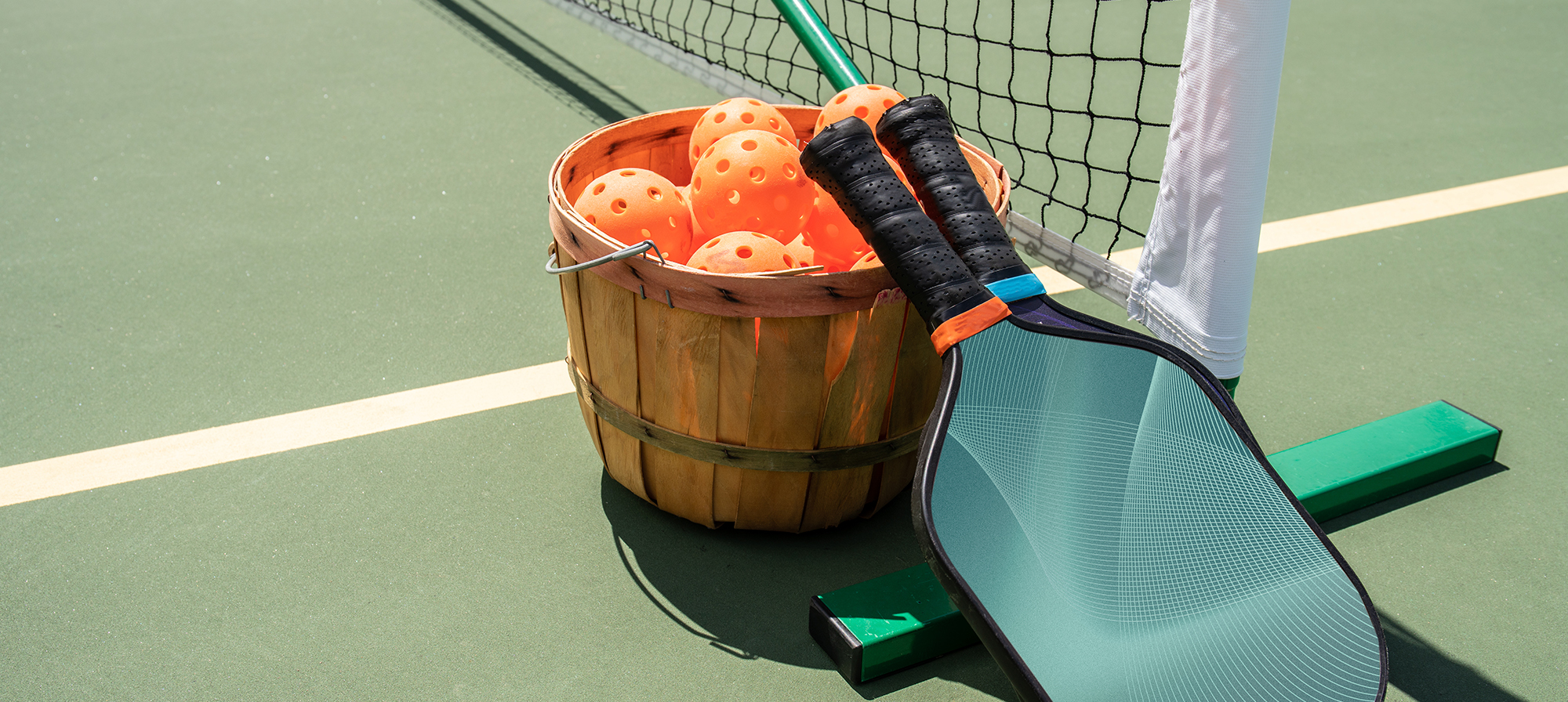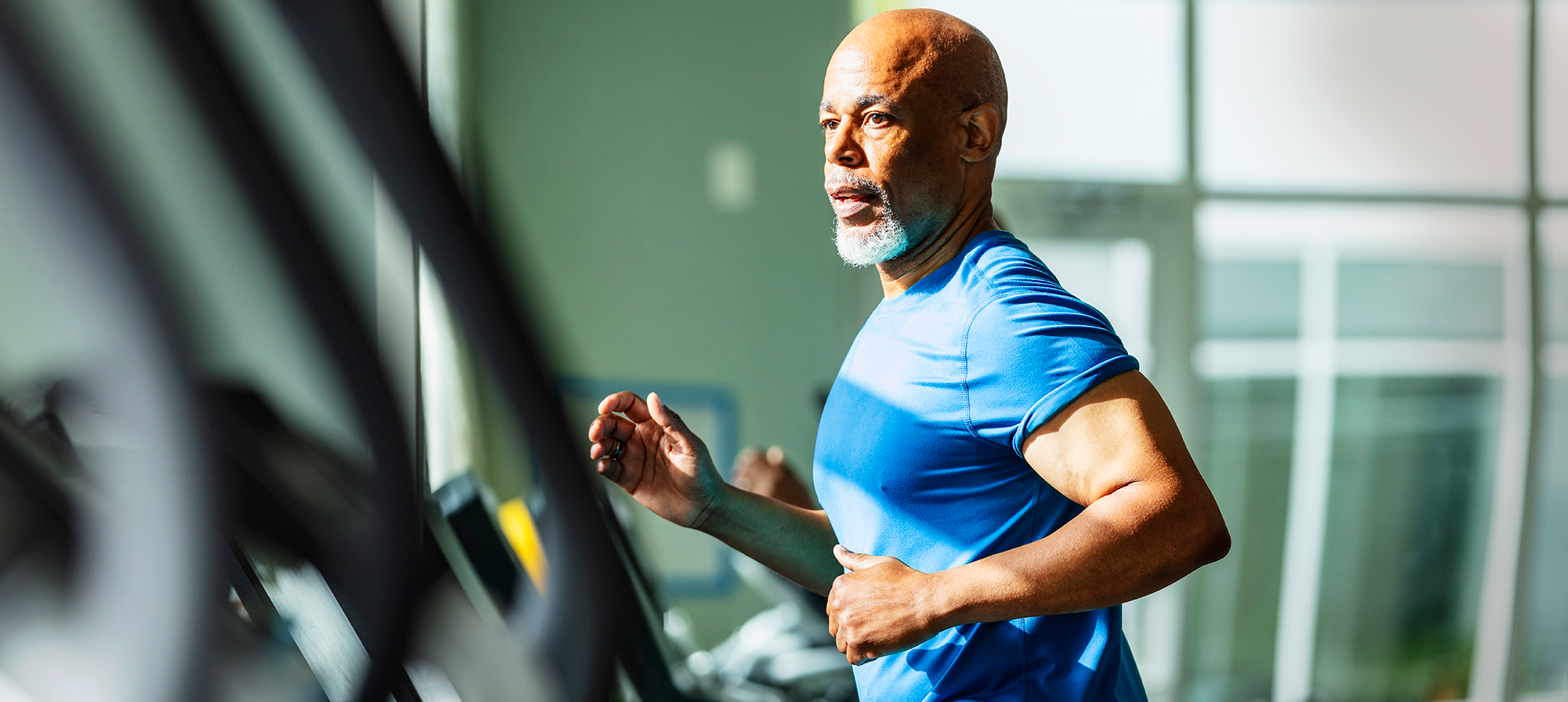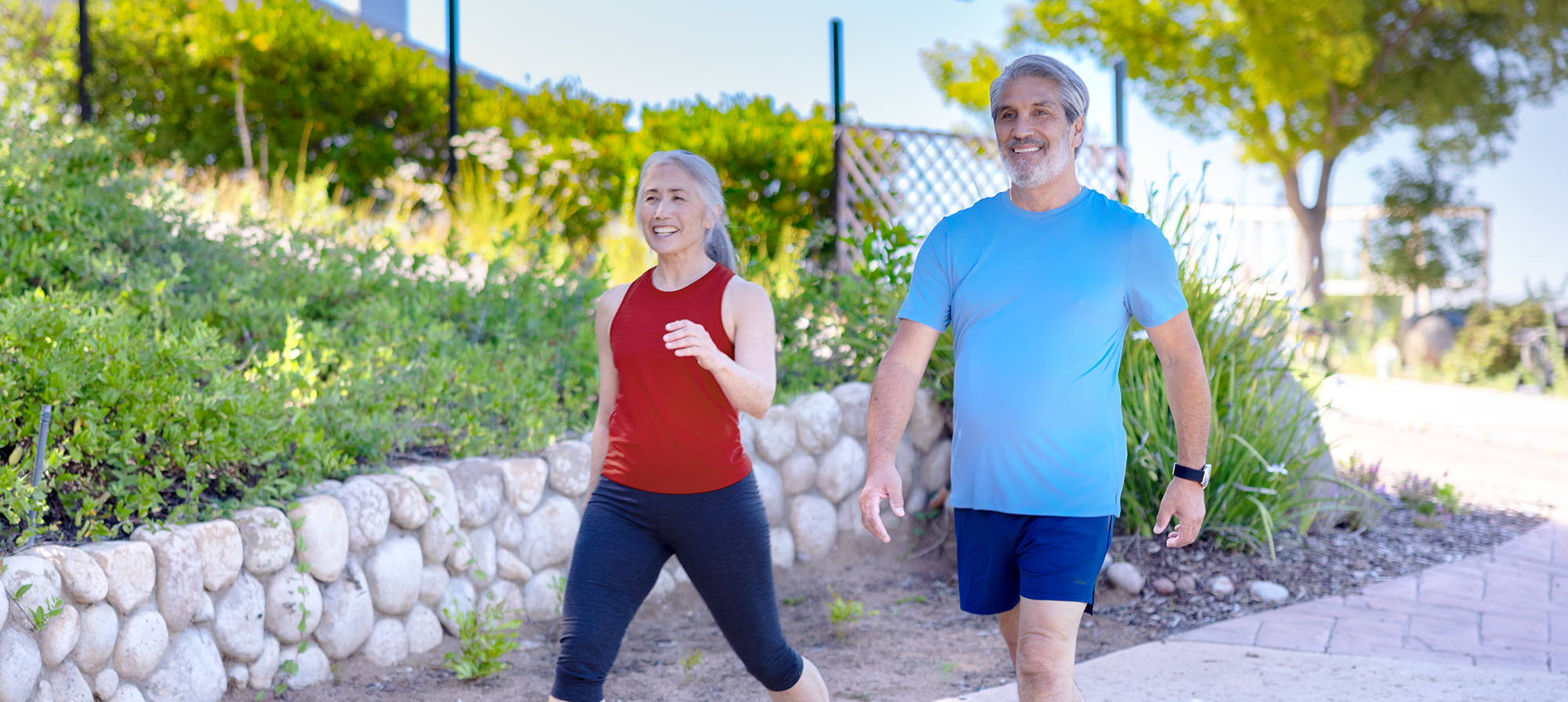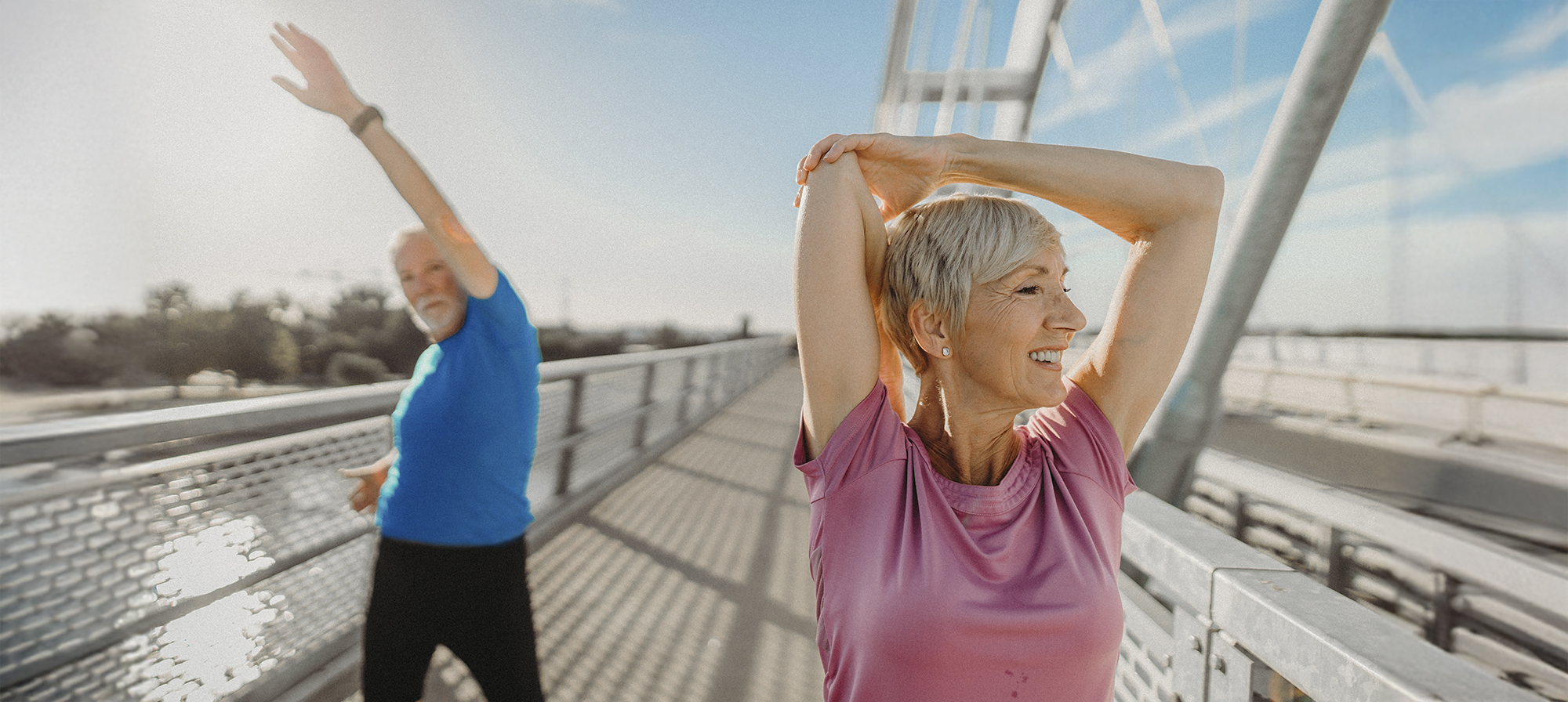Pickleball is all the rage these days. Not yet sure what it is? This lively game with the funny name is a mashup of tennis, ping-pong, and badminton. Pickleball courts and clubs are popping up all over the U.S., and we’ve explored the reasons why.
What is pickleball?
This tennis-style game is a novelty among fitness trends, having caught fire with older adults before falling into vogue with a younger set. Now, pickleball seems to be taking over the U.S. In fact, many tennis courts across the country are altering some of their courts to pickleball specs to meet the demand.
Pickleball’s highly social vibe is a big draw. People of all ages and all fitness levels are taking up a paddle and learning to play. But, if you ask any convert, you’ll quickly learn the biggest reason for pickleball’s rise is fun. No doubt, that’s part of the habit-forming nature of the game. In fact, the official rule book of U.S.A. Pickleball boils down the game’s key principles as “fun and competition”—in that order.
 Why play pickleball?
Why play pickleball?
If you need some convincing, there are plenty of reasons to give pickleball a go—from the physical benefits to the social connections. Here are 9 reasons to court this sport:
- Pickleball is a sport that meets you at your level—whatever that might be. Since pickleball is drawing so many new people to the sport, chances are good you can find a group of players at your level.
If you’re brand new to the sport, look for other new players to learn with. Or look for pickleball classes in your area. If you’ve played other racquet sports before, you may learn pickleball and rise to an intermediate level fairly quickly.
Start where you are and grow your game and activity level at your own pace. And, if you’re the competitive sort, you’ll find there’s no shortage of opportunities to get serious about your game. Tournaments abound. But there’s no pressure to compete; you can also keep playing just for fun. - Pickleball is pretty cheap to play. Even without comparing its cost to pricey sports like golf, pickleball figures high on the list of affordable sports.
To get going, you need a pickleball paddle, a ball, and tennis shoes. If you play at a facility, you may also have to pay a fee for using the court. But if you’re playing doubles (playing with a partner), you might be able to split the fee 4 ways.
Then again, you don’t really need a formal court. In fact, you can improvise one yourself (learn how below). - The smaller court means less running and rushing. And playing doubles further cuts down on the amount of ground you need to cover. No doubt, that's a reason many older adults and the newly active have found a more comfortable point of entry in this activity than in tennis.
- The number of pickleball courts is growing nationwide. Because pickleball is getting ever more mainstream, courts are popping up everywhere in the U.S. Whether you live in a big city or small town, there’s a growing chance you can find a court in your region.
- Pickleball has a built-in social factor. If you’re looking for a way to make new friends or just have new fun with old ones, pickleball is your game.
- It’s exercise, but you’ll look forward to it. Everyone finds it hard to feel excited about exercise from time to time, which can make working out seem like a chore. But a game that’s founded on having fun feels less like a chore and more like play. That can make it easier to form a habit.
- Getting more active can boost your fitness. A study showed that playing pickleball on a routine basis can help boost and maintain cardio fitness.
- Staying active may lower your disease risk. Pickleball is a great way to be more active. Active older adults enjoy a lower risk for health problems, such as heart disease, stroke, type 2 diabetes, and some types of cancer.
- Pickleball is a mood booster, and not just while you’re playing. Pickleball combines working out with social enrichment, both of which have been shown to boost mood. Studies also suggest that older adults who take part in leisure activities like pickleball cut their risk of depression.
 Easy ways to get started
Easy ways to get started
Pickleball is a beginner-friendly way to get active. But do get the OK from your doctor before giving it a try, especially if you have:
- Issues with balance
- Mobility issues
- A serious health condition
- Joint problems or previous injuries
Here are some more tips for getting started:
Take the first step: Trying any new activity can be daunting. You might want to start by asking someone you know who plays pickleball if you can tag along and watch. (And there’s a fair chance you know someone who plays pickleball!) You may find yourself being recruited to get in the game. You might also search online for facilities in your area. Check to see if they have beginner groups or classes. Or contact recreational centers and churches. Another great resource is USA Pickleball .
Just keep in mind that it’s important to find a group of players who are close to your level. If you’re a beginner, you’ll want to avoid joining a game with intermediate or advanced players. You might not only feel outside of your comfort zone, but you might also get hurt. And those players might prefer to play with someone who is at their skill level.
If you can’t find lessons near you, try to find a pickleball court and watch a few games. While you’re there, ask around and try to find out who is in charge of assigning courts. Then ask which courts are for beginners.
And again, you might also ask a close family member or friend well-versed in pickleball to teach you the basics.
Gear up: If you’re playing at a facility, you can rent, buy, or even just borrow the essentials, depending on where you’re playing. The paddle and ball are specific to pickleball, though. You’ll use a paddle that looks a lot like a ping-pong paddle. If you have a choice, choose one that suits your grip and whose weight feels manageable to you. The ball is basically a plastic Whiffle® ball, although the size and number of holes varies.
Wear what works: For footwear, any comfortable, court-type athletic shoes are all you really need. They should provide you enough traction to move side-to-side without slipping. So, if you have a pair of decent tennis shoes that feel good to you, you’re covered. For clothing, any comfortable clothing that allows you to move freely is fine. If you tend to sweat a lot, wear a fabric that won’t hold on to sweat, such as a synthetic fabric (as opposed to cotton).
Gain access to a court and net: The news is all good here. From Maine to Mississippi, pickleball courts are getting easier to find. And, if you don’t have access to one, USA Pickleball has a couple of helpful suggestions. You can use a public tennis court instead, marking the lines with colored masking tape or chalk. Or you can mark off your own space just about anywhere that has a hard, flat surface. Just make sure that this is allowed on the tennis court. For detailed instructions, click here .
Pickleball is, as a rule, safe for older adults. But some problems like tennis elbow have been reported among people who play often. Meet with your doctor to decide whether pickleball is a safe sport for you. And, if you are still hesitant to begin exercise, read our blog article on pushing past common excuses.
Older adults may have started the trend, but younger ones are following suit. And you’ve just learned about 10 good reasons why you may want to join the ranks. So, if you are looking for a media-free way to connect with your kids or grandkids, you might suggest pickleball. Or start your own pickleball club with friends, family, or neighbors and let the games begin!
Not a Silver&Fit® member? Learn more about everything the program has to offer, including more helpful healthy living tips like this, here on our website.
This information is not intended to take the place of regular medical care or advice. Please check with your doctor before using this information or beginning any self-care program. Images used for this article do not depict any members of the Silver&Fit program.
References
Riverra-Torres, S., Mpofu, E., Keller, M. J., Ingman, S. (2021, August 9). Older adults’ mental health through leisure activities during COVID-19: A scoping review. Gerontology and Geriatric Medicine. Published online. https://doi.org/10.1177/23337214211036776
Ryu, J., Yang, H., Kim, A. C., Kim, K., Heo, J. (2017, June 30). Understanding pickleball as a new leisure pursuit in older adults. Innovations in Aging, 1(Suppl 1), 1165. https://www.ncbi.nlm.nih.gov/pmc/articles/PMC6183076/
Smith, L. E., Buchanan, C. A., Dalleck, L. C. (2018). The acute and chronic physiological responses to pickleball in middle-aged and older adults. International Journal of Research in Exercise Physiology, 12(2), 21-3. https://ijrep.org/wp-content/uploads/lana-downloads/2018/06/smith.et_.al_.spring.2018.pdf
United States Department of Health and Human Services. (n.d.). Stay active as you get older: Quick tips. https://health.gov/myhealthfinder/topics/health-conditions/obesity/stay-active-you-get-older-quick-tips
USA Pickleball. (2019). Do it yourself guidelines. https://usapickleball.org/what-is-pickleball/https://usapickleball.org/what-is-pickleball/court-diagram/do-it-yourself-guidelines/
This article was written by Candace Hodges, edited by Gail Olson, and clinically reviewed by Jaynie Bjornaraa, PhD, MPH, PT, SCS, LAT, ATC, CSCS, CSPS, on December 30, 2024.





